Those are some of my personal experiences I made while being on my trip through Norway in 2021 with a camper van. Please be aware that those insights refer to 2021 and whatever is described here might change over time.
You will find more specific tips and insights in the different blog posts covering the squares.
- Finding night spots
- Weather
- Hiking
- Mosquitos
- Water service
- Language
- Museums
- Wifi
- Payment
- Streets
- Ferries
- Toll
- Parking
Finding night spots
Norway and Sweden have a concept called “Freedom to roam” that is sometimes pulled when there is a discussion whether or not you can just stay anywhere with your camper van. This right was introduced when camper vans didn’t even exist so it is more of a grey area. In general the population is very open to guests staying over night with their camper van even outside of campgrounds but some basic rules should be followed to make sure, this attitude doesn’t change in the future:
- Leave the place the same way you came (no garbage, no wastewater, no poo-poo, to name a few examples)
- Keep a distance from at least 150 meters to the next house
- Don’t block anything, e.g. supply roads for fields
- Don’t behave like you are on a campsite, means don’t start to unpack half of your car/camper van/trailer and bring out table, chairs, grills, tents, etc.
- Respect signs that prohibit overnight stays (unfortunately more and more of those are showing up)
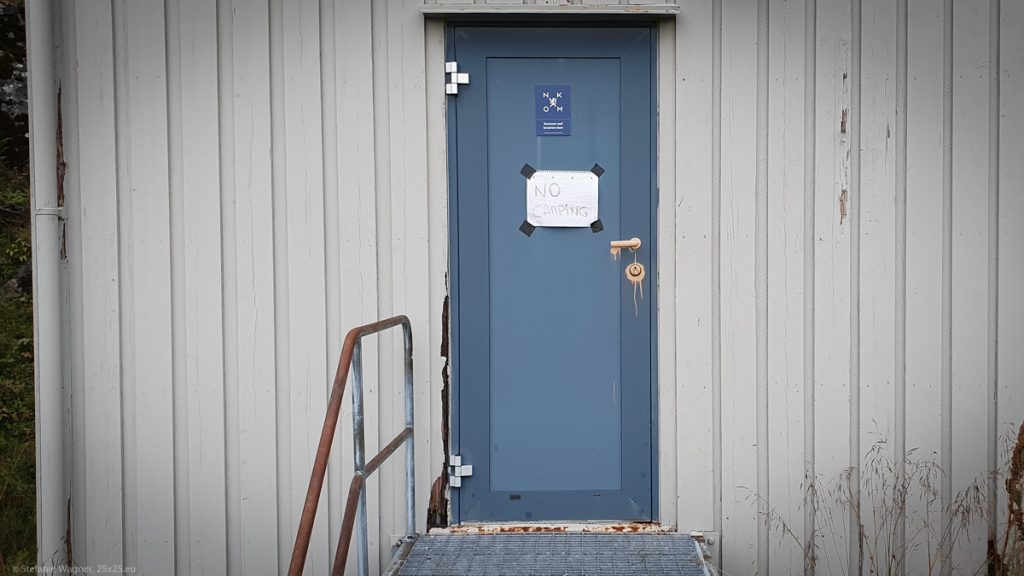
To get a feeling for spots that are typically available in an area you can use an app like Park4Night. Be aware that spots that are listed in such an app can be crowded. Nevertheless, it can help you to get to know what to look for, e.g. in the case of Norway: quarries, old streets now replaced by tunnels, fishing spots next to bridges, parking areas next to hiking trails. If you have never done it, it might feel strange at the beginning but it will get better over time. However, if an app like this is the only way for you to find night stops you might run into trouble during high season (and support locals getting annoyed and motivated to put up those no camping signs).
Sometimes you find those awesome spots, where it is just you and beautiful nature.
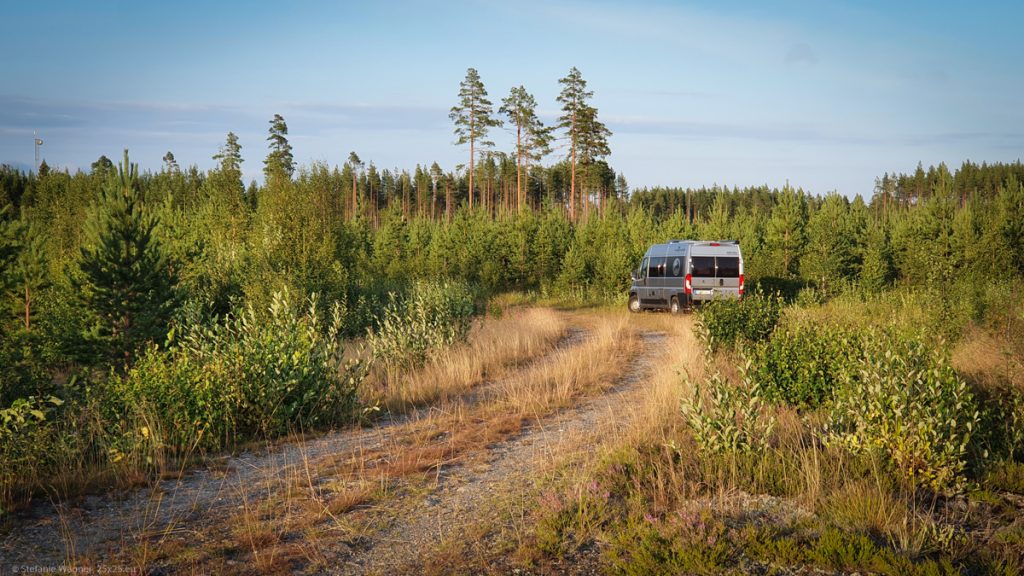
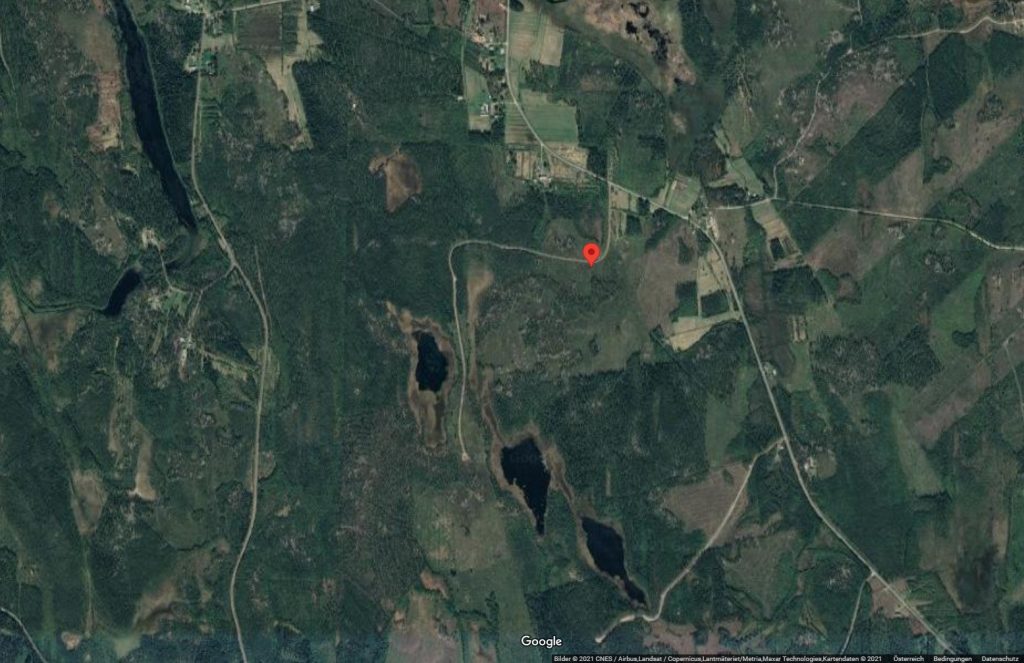
It is even easier to find a spot if you are not looking for the perfect instragrammable location. Especially if it is only a place where you want to stay overnight, don’t stress yourself.
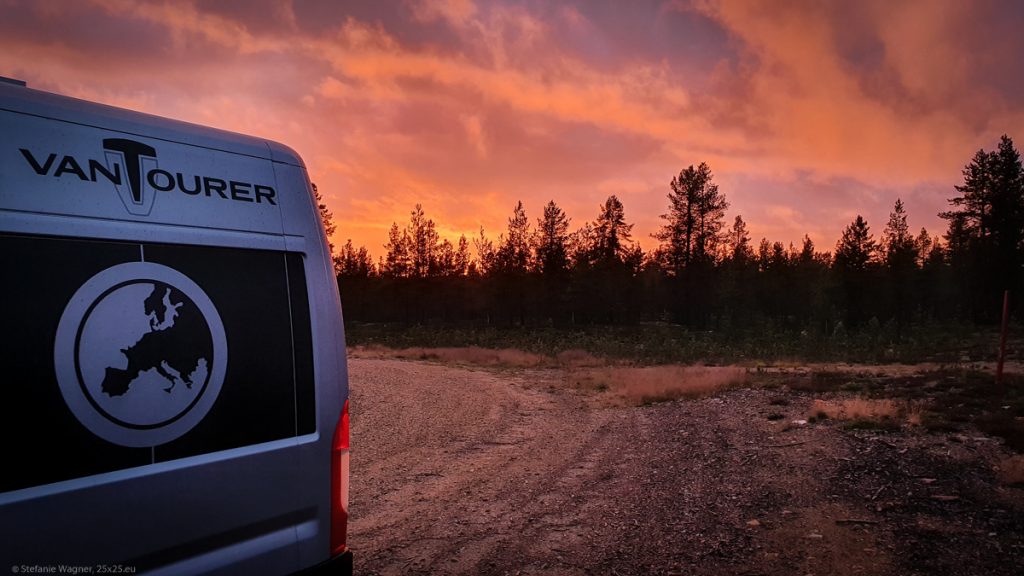
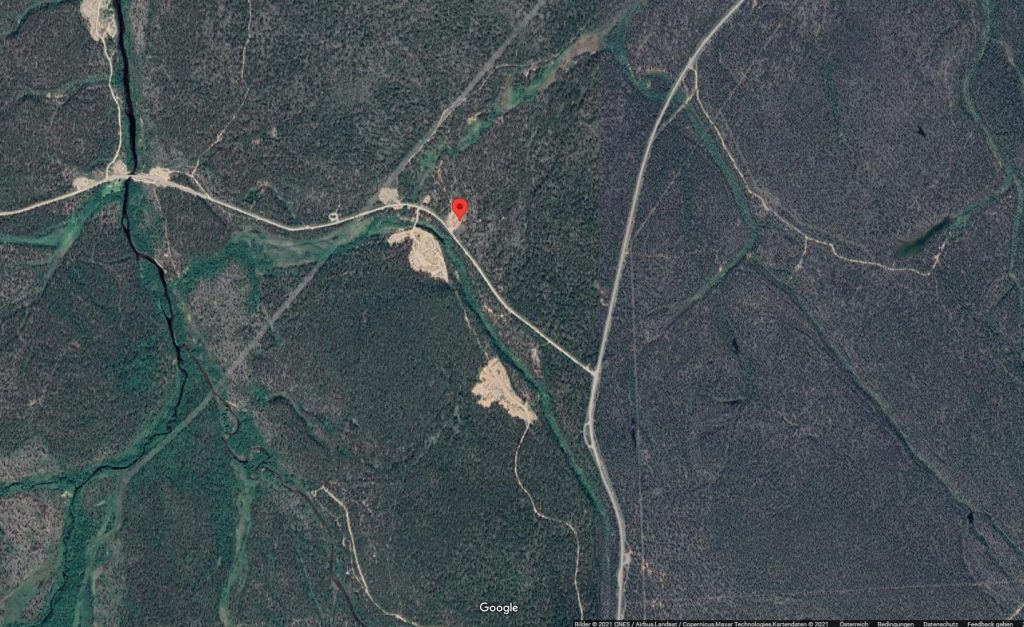
Especially when you are more North traffic is a lot less compared to e.g. Germany. So even if you are next to the main roads it will be rather quiet at night.
Traveling solo and being female I felt very safe in Scandinavia and would recommend it for anybody who would like to start out with that “configuration”. Nevertheless, I had additional security measures to lock all the doors from the inside at night. Plus I changed the spot if I had a bad feeling (only happened once).
Weather
Norway is a country with a long stretch. Therefore, there is not one weather for Norway. You can have quite high temperatures in the South in the summer, in the North you can have snow until June and starting end of September already. In the winter Northern roads might be closed or you can only drive them in a convoy. There is more rain in the West as the clouds get stuck on the mountains. E.g. Bergen has at least some rain on 239 days in average. I experienced rain in one fjord valley and once I drove through a tunnel there was nothing on the other side (and vice versa). I had 20°C (68°F) at the Arctic Circle when everybody was freezing back in Germany.
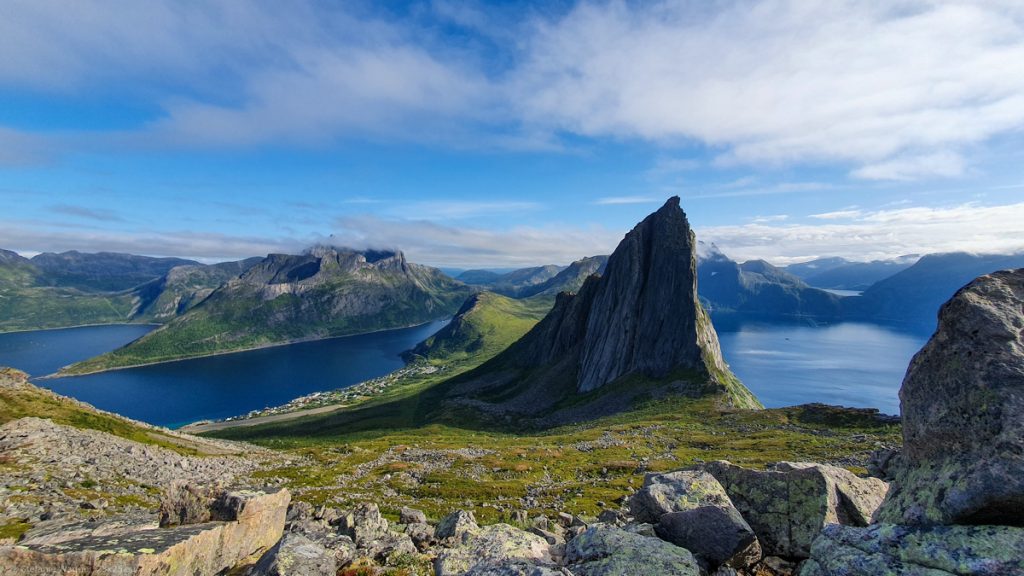
Usually I checked weather apps upfront. If I wanted to do something very specific that required good weather I tried to time my trip accordingly, speeding it up or slowing it down as necessary. I also put in museum visits. And, in case of really bad weather all over the place I once in a while just took a day off, explicitly doing nothing.
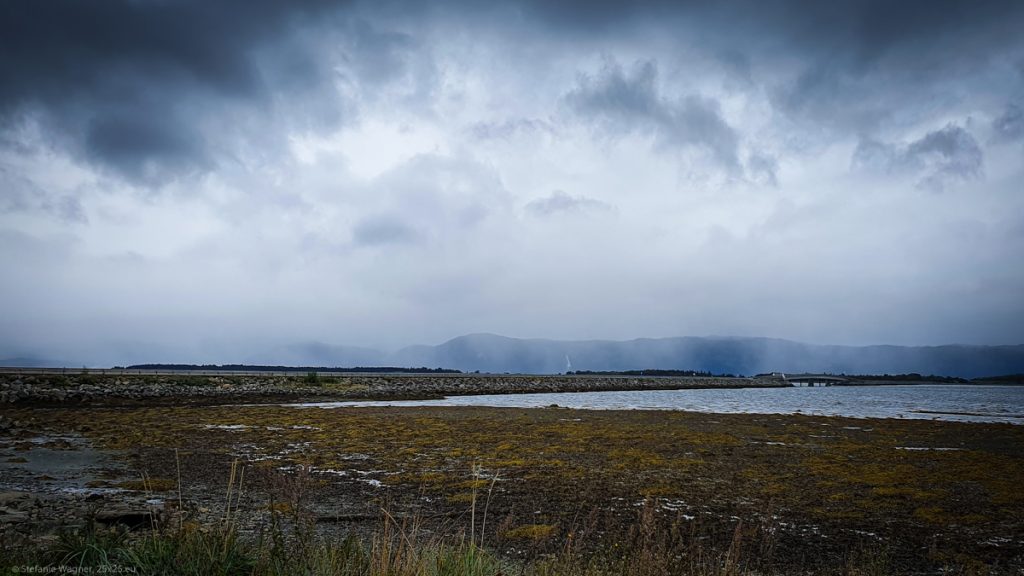
Especially if you don’t have much time and a specific plan you need to be prepared for bad weather. Be careful when hiking as the terrain can get very slippery! Expect that you might need to cancel some plans. E.g. I did skip Stavanger due to the very bad forecast with continuous rain.
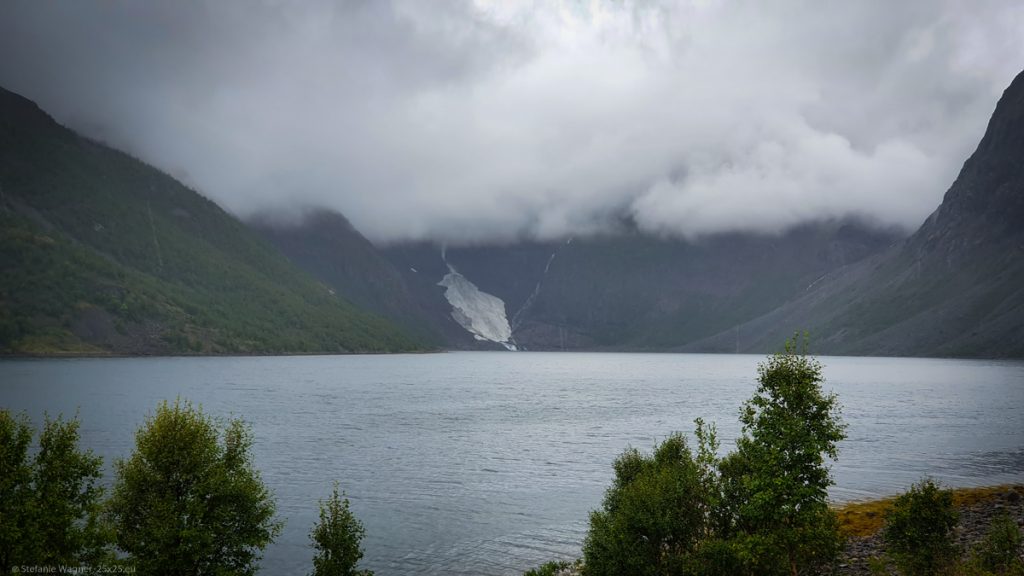
I really enjoyed the heating system in the camper van. I wouldn’t have been comfortable without it even though my trip was in August and September, as temperatures went down to 2°C (35°F). On the other hand I saw folks with just a tent and somehow they survived as well. So it all comes down to how sensitive you are to temperature.
It can get very windy. I had multiple days where I though I can lean against the wind. Such a weather can make your camper van or trailer shake quite a bit. If this makes you feel uncomfortable you should turn its front towards the wind. If you are a small car you might want to thing about hiding next to a bigger motor home, if that is ok for those being with that one.
The West coast has a lot of bridges. They can get closed in case of strong winds (as described for example in this German blog post at the bottom). You will see signs indicating the wind speed in meters per second at such bridges and they will signal you if you shouldn’t use them.
Hiking
Norway is a hiking paradise. There is almost endless nature to explore. UT.no is the official planning webpage of the Norwegian Trekking association (you would need some online translator though to use it unless you speak Norwegian). This page shows a lot of trails. Obviously you could also use apps like Komoot to find interesting routes.
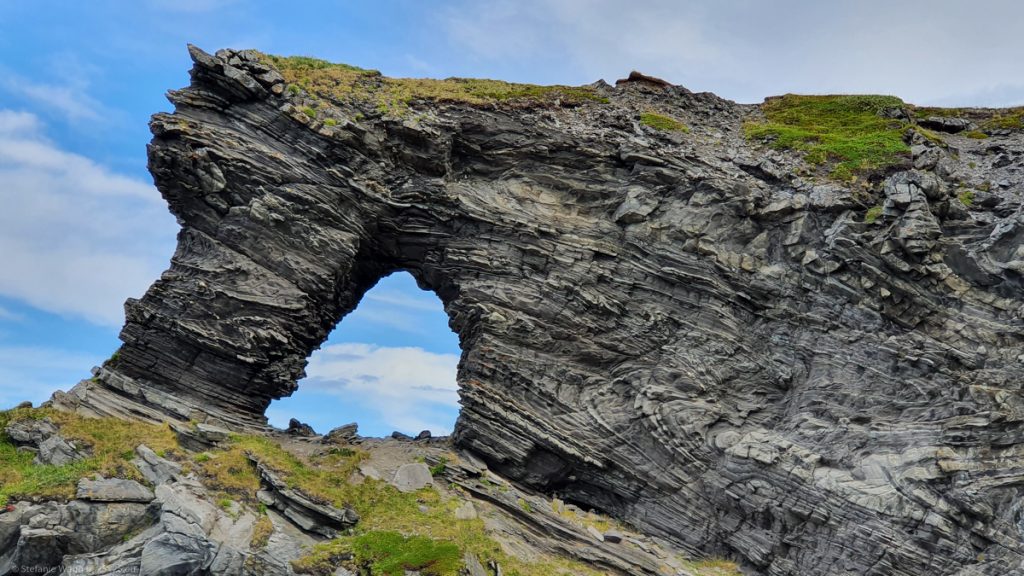
If you typically hike in areas like Germany you might find the Norwegian approach to hiking a little adventurous. What is declared a rather easy path in Norway would have been covered with handrails, warning signs and “no passage” barriers in Germany (ok, this might be a little exaggerated 😉). An official hiking path doesn’t mean that you don’t need to be careful or that you feet will stay dry.

Use hiking boots that you feel comfortable with. Mine, that I rarely use in Germany, felt rather clumsy on rocks. Therefore, I mainly used my trail running shoes which wasn’t also perfect. Think about taking hiking poles with you. They might help you especially when you go back down again.
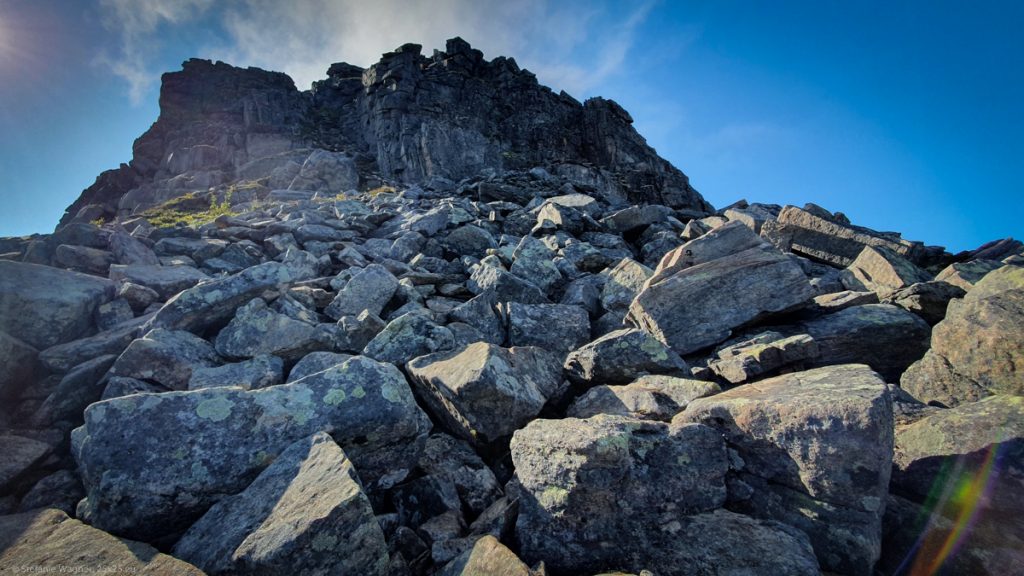
A hiking route doesn’t need to be a clearly visible path. More often it feels like a scavenger hunt for colored dots on trees and stones. Make sure you have a charged mobile with you and though you typically have very good cell connectivity it can be beneficial to have maps stored on your device for offline use (just in case).
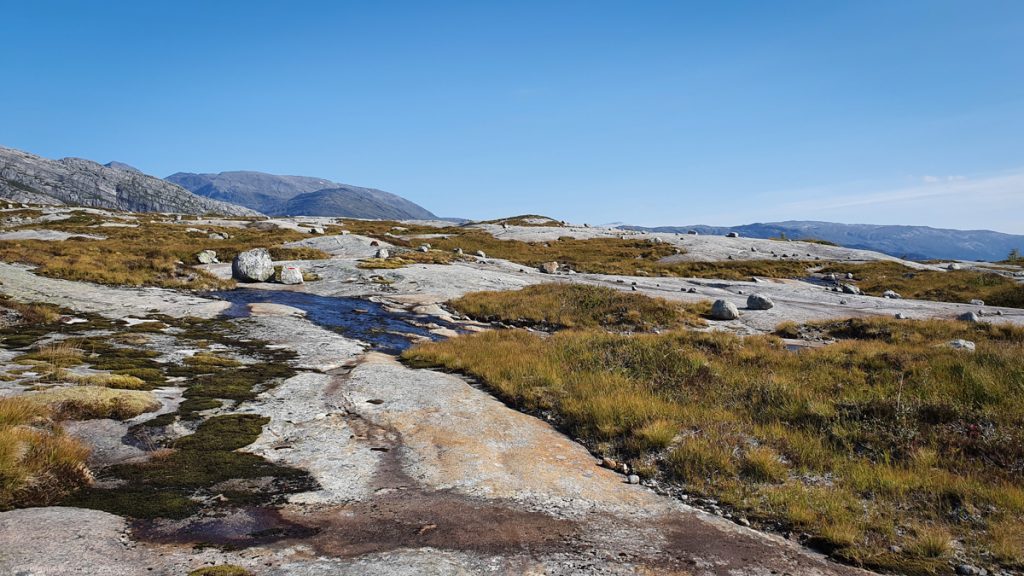
Mosquitos
“If you think you are too small to make a difference you haven’t spent a night with a mosquito” (African Proverb, quoted by the Dalai Lama).
Yes, they are annoying and can make your life hell. There is a lot of water in Norway and if you are unlucky enough you might end up in an area full of mosquitos. However, I typically found it to be in a very confined area only. E.g., I walked through a forest and it wasn’t possible to stand still for 5 seconds without being the perfect dinner. Once I get out of the forest though everything was fine.
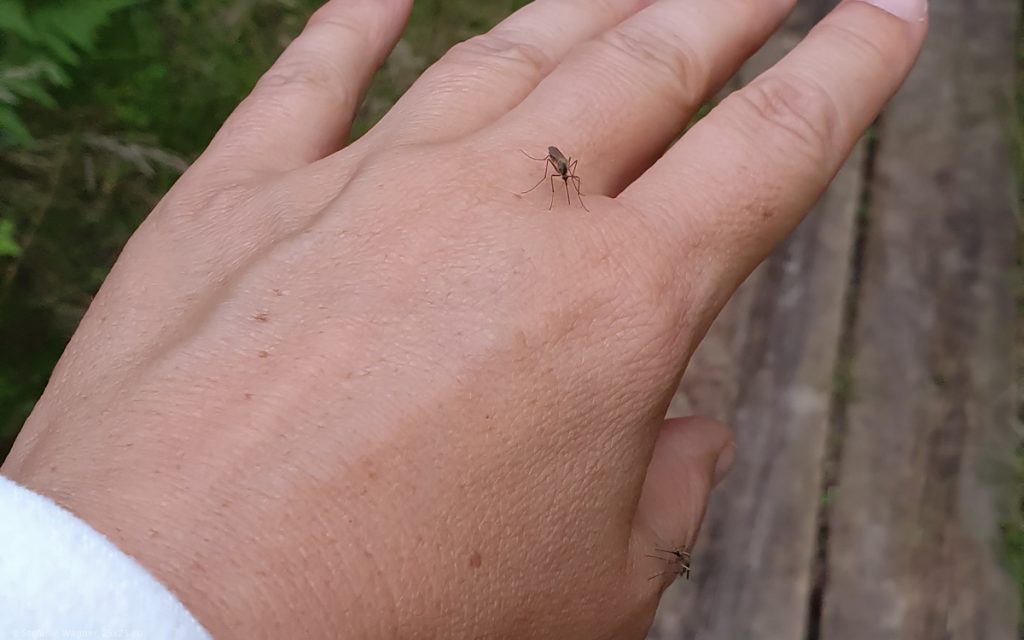
If you want to avoid mosquitos at all costs you can try to go late in the year. On the other hand it will be colder and you will have more rain. Make sure you have mosquito nets at your windows, tool support for “hunting”, and some anti-itching creme if you are outgunned.
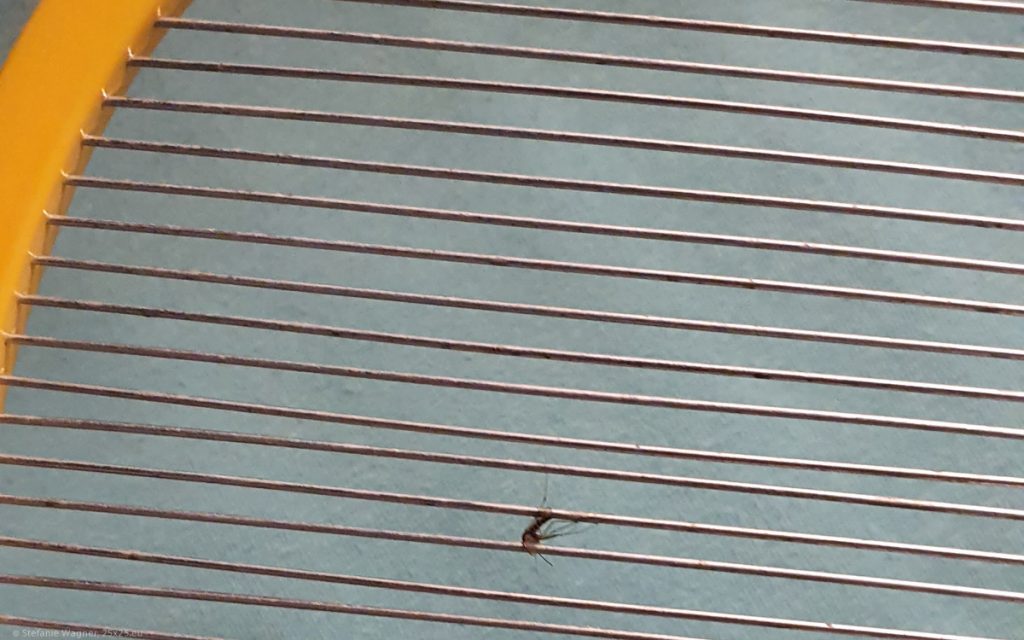
By the way: rain doesn’t mean that there are no mosquitos. I had a whole cloud of them above my camper van even during a strong rain. If you don’t believe me watch this video about mosquitos in the rain.
Water service
Norwegians are extremely fond of camping. Which means they also have a very good network for waster water and fresh water. You might not find all services (grey water, black water, fresh water) in one place but it is not problem to get what you need and typically it is for free. Often there will already be a hose for fresh water in place. Having a portable water bag can be helpful. Tab water in Norway can be used for drinking. No need to buy bottled water.
Language
If you speak German you often understand more Norwegian than you would have expected. You might not be able to follow the descriptions in museums but you can find your way around in supermarkets or get the idea of what is meant by street signs.

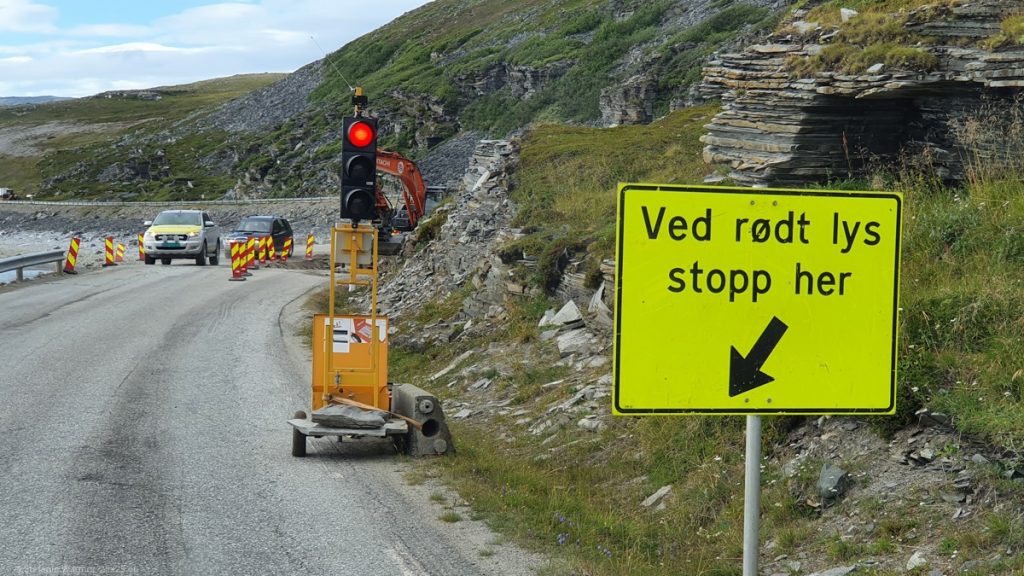
Almost everybody I met in Norway spoke English and they were happy to do so. Therefore, if you speak English you are totally good to go.
Especially smaller museums might not have everything translated into English. In such locations I made it a habit to ask upfront whether or not I would be able to understand the explanations. Even if this was not the case the staff often tried to figure out how to help me. Once I got handed a book with English descriptions that would usually be sold as a loan, another time I got a private tour as I was the only visitor, or I got in for a reduced price.
Just in case it helped me a lot to have an instant translation app. Typically those need an Internet connection but they are very helpful. You take a picture of the text you want to get translated and the app will show you the result.
Museums
Latest when the weather is not that bright, museums are a good place to go (but not only then). There are just two insights I would like to mention:
- Check the opening hours upfront. In Norway museums have significantly different opening hours during high season and during off season. They even can be closed after school holidays end. Therefore, if there is a museum that you would really like to visit, you might need to adjust your trip schedule to accommodate that.
- Best check the opening hours upfront on the original and not localized web page. I managed to arrive 5 minutes before closure because the museum was closing at 4pm and not as indicated on the German page of the museum at 6pm. The guy there wasn’t even aware their had a German page.
- Especially in smaller museums ask before you buy the ticket if the information is available in a language that you would understand. They don’t necessarily tell you upfront that everything might be Norwegian only. Mostly you will find English translations, so you will be fine if you speak English. German translations might be there sometimes. Yes, you can use online translations as mentioned above. However, if you need to do this throughout the whole visit it might get a little tiring.
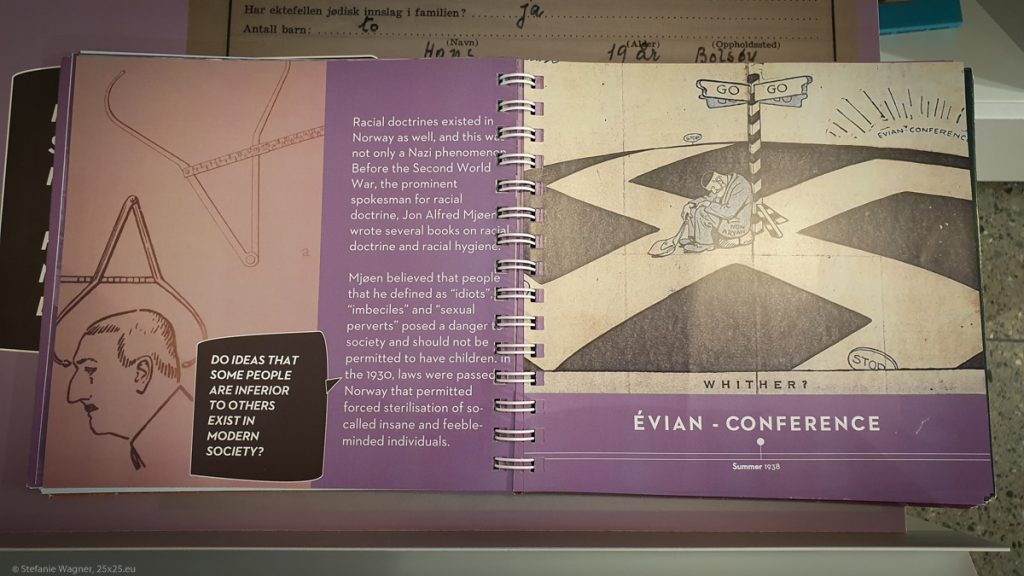
WiFi
In general you should be able to use your European sim card in Norway. Even though Norway is not part of the European Union roaming will be free according to the normal European standards. There might be some restrictions to data use (called “fair use”). This depends on your provider so you should check before you leave.
In general a lot of supermarkets and museums have free WiFi. This might even reach outside of the building itself. So while roaming around doing your shopping or sightseeing you could download whatever is needed in the background or post some pictures on your preferred social media channels without using all your mobile data volume.
Camping sites might offer free WiFi. But it can be limited to only the central service building and you might not have access to the Internet while being in your camper van. If you plan to do extensive online stuff you should check that WiFi is available throughout the site before checking in.
Payment
Norway is not part of the European Union and therefore has its own currency. Cash is rarely used. Just once in a while you need cash especially during off-season to pay for unmanned camp grounds. But typically you will use a credit card everywhere you go even for small amounts. This means you don’t need to get a lot of Norwegian cash upfront.
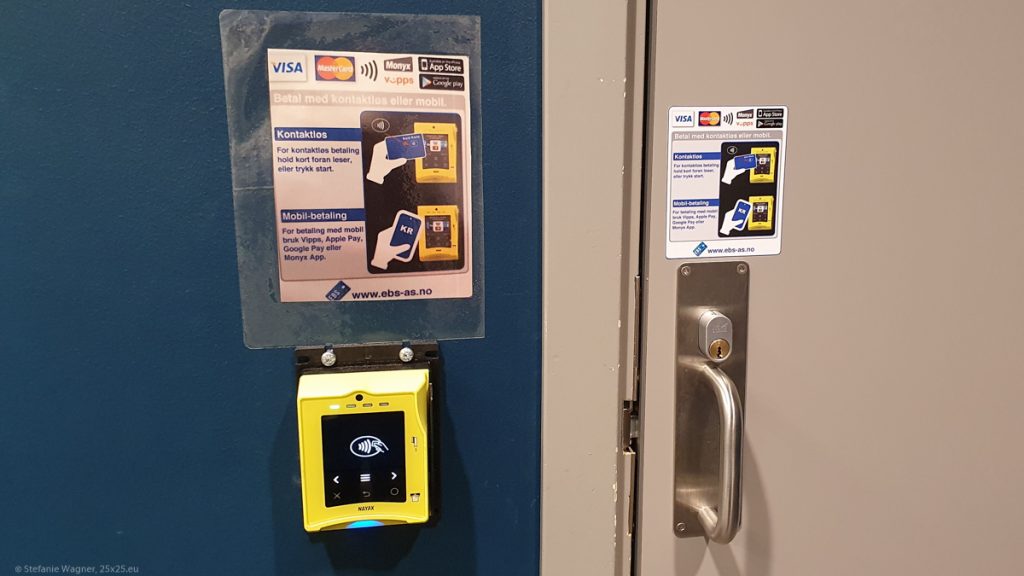
Gas stations have terminals to use for payment which also offer guidance in different languages.
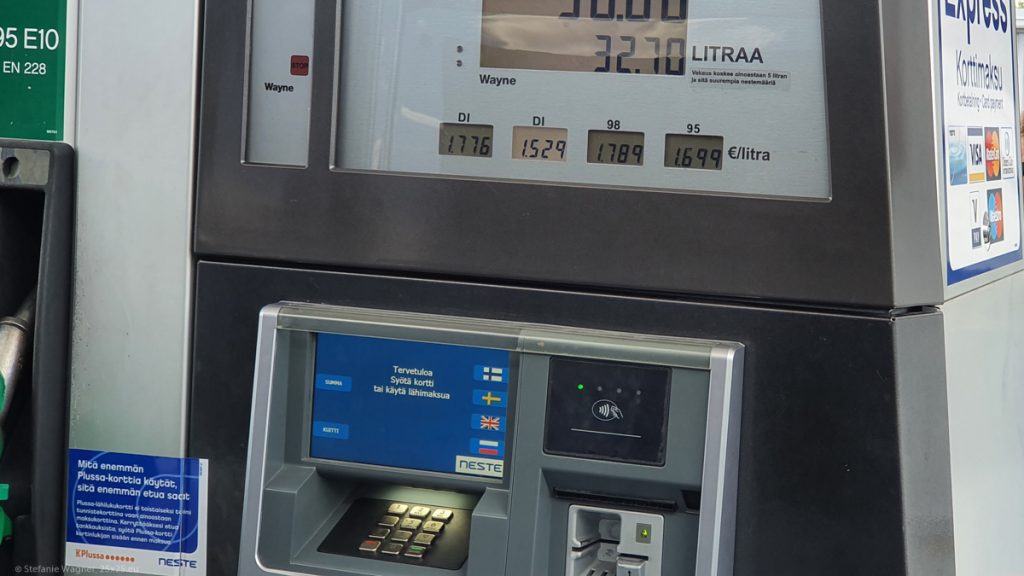
Sometimes you will see a request to use a system called Vipps. This is a Norwegian system that would require you (at least per 2021) to have a Norwegian bank account which tourists typically won’t have. You could download the app. It would just be of no use for you.
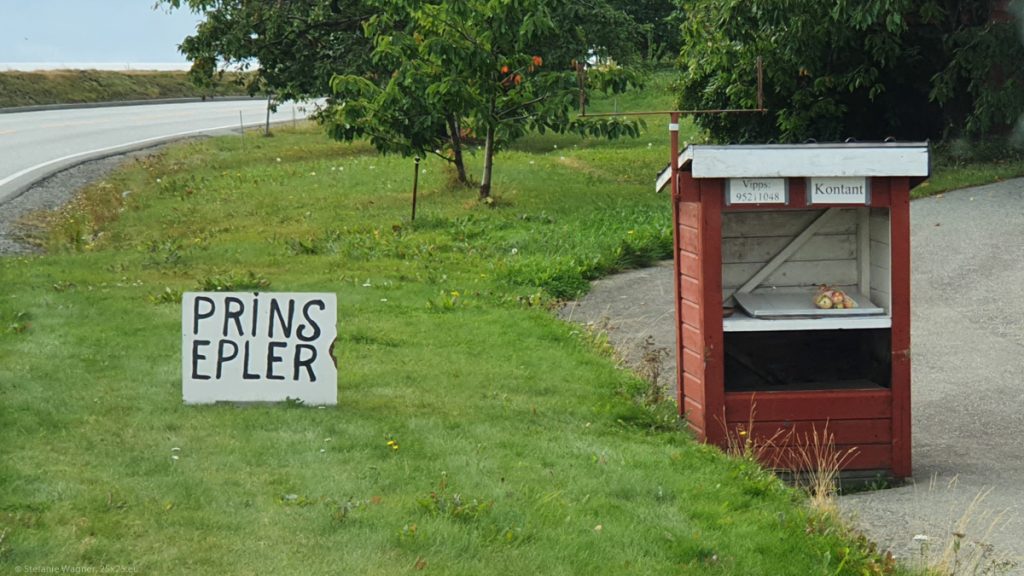
Streets
If you are used to streets in Germany or France for example your experience will certainly be different, especially when you are in the North. Make sure you account for longer times when you calculate any trip times. An average of 50 km/h (30 miles/h) is safe to assume to keep you out of time crunches. A highway is not what you would expect if you consider the typical highway. Most of the time it is kind of the main road in the area, two normal lanes, that’s it.
Sometimes the lanes are separated, having one lane on one side and two lanes on the other. This alternates in regular intervals. In case of a traffic jam the corridor for emergency vehicles is done by all cars moving over to the right side. This is different from Germany for example where you would do it by opening up in the middle in case of two lanes.
Because a lot of times you are not on a highway with dedicated exits plus you are not going that fast you have the opportunity to see a lot of things on the roadside and just stop in case something interesting might come up. This can make driving in Norway extremely enjoyable.
You should take speed limits seriously as fines are very expensive. I have seen mobile speed cameras twice and they were not easy to spot. Even though fines are expensive you might find yourself somehow being a roadblock especially when it comes to trucks. This is a very subjective statement but I got the impression that they tend to use speed limits only as a recommendation and passing just in front of turns where you can’t see oncoming traffic at all is totally ok. More than once I felt like being in the Spielberg’s movie Duell with the truck right at my back. To make everybody’s life easier just look out for occasions to turn over to the right and let any traffic behind you pass. You are on vacation, they aren’t. You want to spend your money on great experiences, they might be happy to support the public purse.
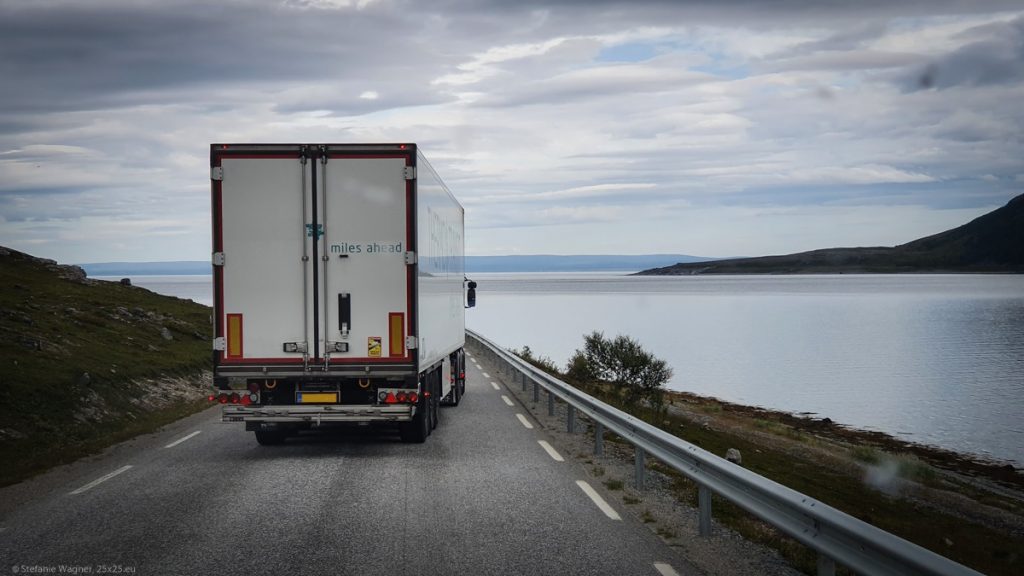
Road construction can take place while you need to continue to drive on that road. In Germany typically half of the road gets closed while the other one is still in normal shape. My experience in Norway is that they just do the whole street at once and this can go a long time.
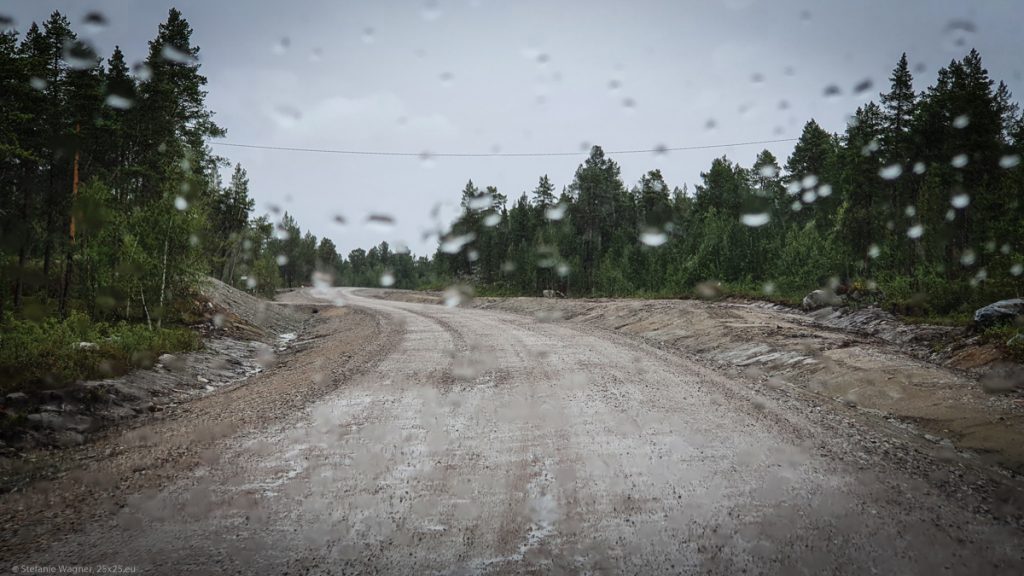
Street signs indicating speed limits at constructions are not a recommendation but help you to ensure that you car doesn’t break down. Typically they would tell you that 50 km/h is the limit. I had the impression that 50 km/h would have killed my axles! Often I crawled along with around 20-30 km/h. Also when they indicate a rocky road ahead you better watch out because this could indicate really mean potholes. I became an expert in interpreting black marks on the street that would show where the street would be specifically uneven.
Streets can get very narrow and you need to use special spots on the side to make way. This is unfamiliar at the beginning but you will get used to it. If you drive a smaller camper van you will not have any issues. Driving a very big one or going with a trailer might be more of a challenge though.

Beside the endless construction sites and streets that resembled more crater landscape that drove me crazy ones in a while the tunnels were the most astonishing experience when it comes to driving. First of all they can be very narrow as well. Second the light in them can be very dim which can leave you basically blind if you drive into a tunnel during a sunny day and your eyes are not accustomed to the dark. Third they can be surprisingly steep when they go beneath fjords. Finally, I have never experienced fog in a tunnel.
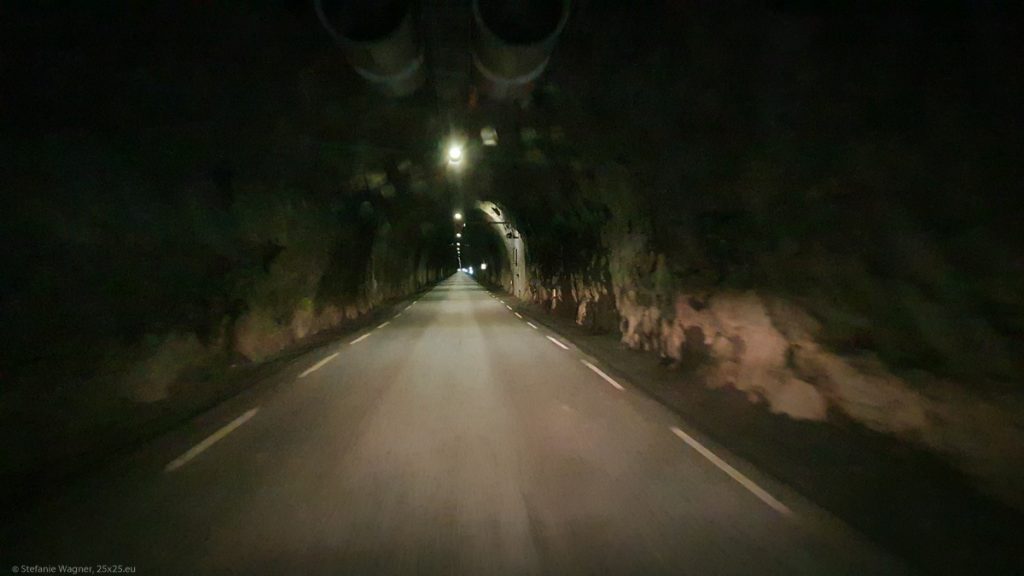
Bridges might also be steeper and more narrow as what we usually have for example in Germany. Just take your time in case this makes you feel uneasy at first. You will get used to it quickly.
Ferries
When you are going along the coast you will for sure take the ferry at least once. More realistically you will take it a lot of times. There are a lot of areas where the ferry is just like a bus. It arrives every 20 minutes.
In general the principle is always the same. There are multiple waiting lines with numbers on the ground. You get in line with the lowest number that is not yet filled. If you are at a place where multiple connections start check that you are in the correct line for you destination.

The ferries will be filled based on a first come first served basis. This means the lower your lane number is the likelier you will be able to use the ferry.
For longer passages there might be special lanes for reservations. Those you can only take when you have booked and paid upfront. Those will be served first. If those lanes are pretty full you might end up not using the ferry even though you are on a lane with a low number. This for example happened to me while waiting for the ferry to Bodø.
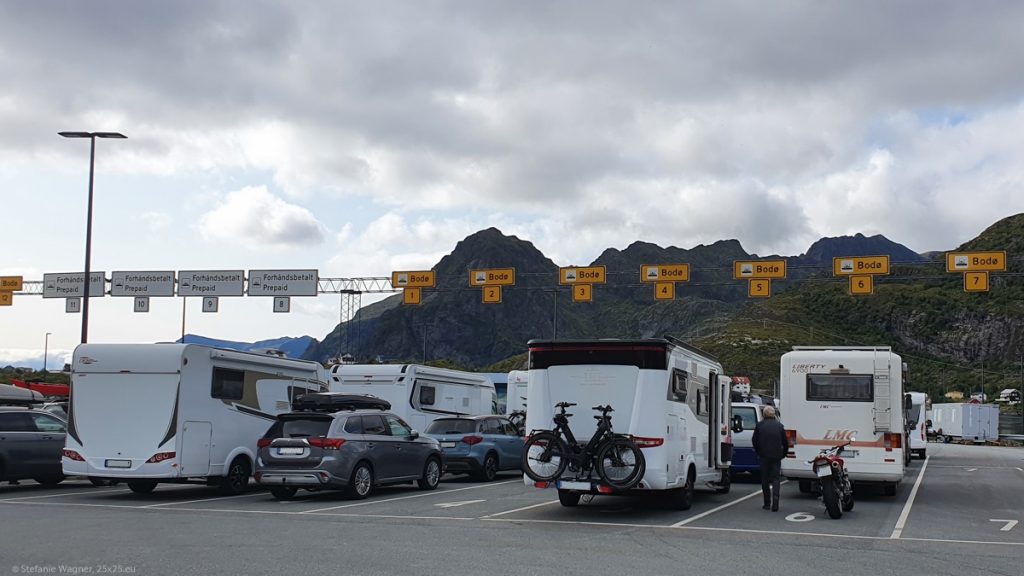
The personell will indicate where you should drive on the ferry. Normally you drive in on one side of the ferry and out on the other side. Only one time I had to turn around inside the ship.
Be careful to watch out for any lower edges. I once was just lucky I didn’t hit a corner on the far left that was almost out of sight.
On shorter passages you only have small ferries with one floor. Longer passages will have a second floors. On those ferries you can typically stay in the car while the ferry is on its way. On very long ones you will need to leave the car and go to some common rooms.
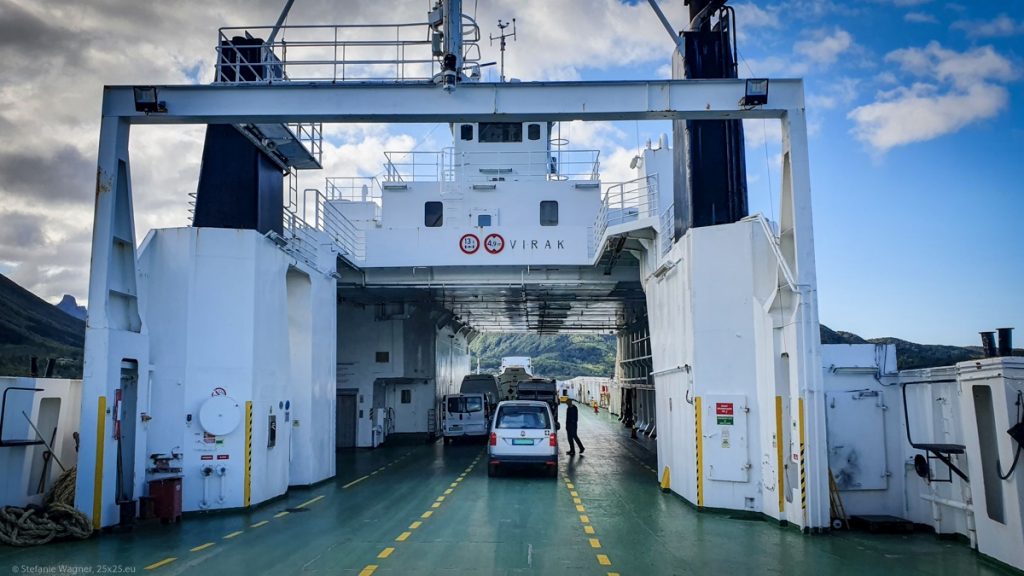
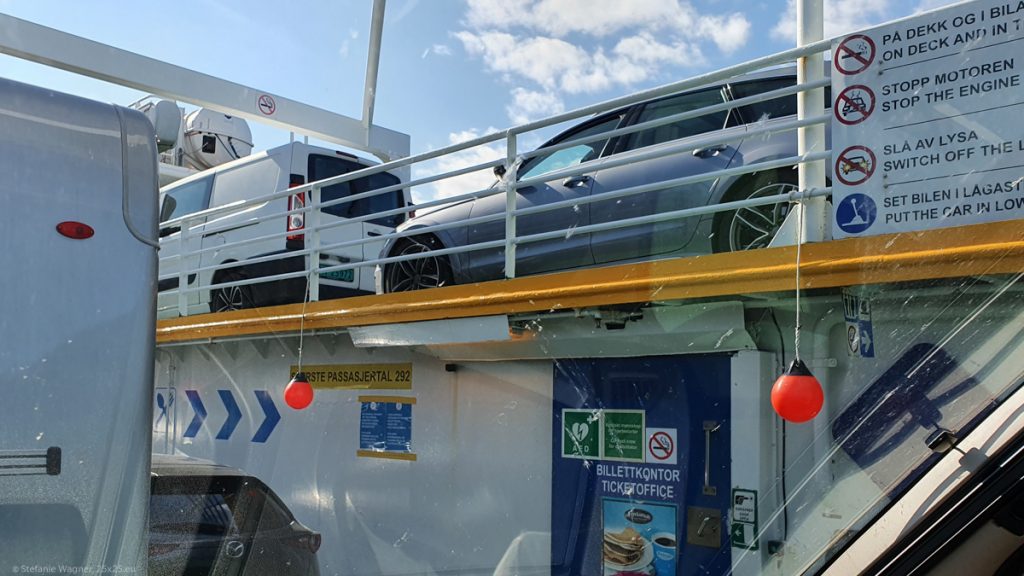
All ferries have rest rooms, even the smaller ones.
Since the Covid pandemic the fees are only per vehicle and you don’t need to pay extra per passenger. Also during that time paying by card or cash has been suspended which means that at least for the bus-like ferry lines you cannot pay with card or cash. They will scan your license plate and you will get an invoice later on. Here you have an option to safe a lot of money during your trip. Get an account for the AutoPASS for ferries. You have to register your car and make an upfront payment. This will safe you 50% of the regular price.

Not all of the ferry connections are part of that agreement though. E.g. taking a ferry through the Geiranger fjord will invoice separately. Typically you can pay by card at those connections.
Toll
On some of the streets in Norway you have to pay toll. This could happen rather surprisingly. So you drive and suddenly it says that some toll road is coming up and you can’t even leave the street before the toll bridge scans you license plate.
The principle is is similar to the ferry approach. You cannot pay by card or cash. You will get an invoice based on your license plate later on. However, you can and should do a couple of things upfront:
- Register your vehicle so that your license plate is known
- Get a toll tag for automatic payments (you need this if your vehicle is > 3.5 t)
I tried to do all of those. Unfortunately the toll tag took several weeks to be delivered and arrived after I had already left. Means I can’t give any insights on the actual use about this one.
I registered the plate and got an account. If you get an account be very careful to put in the correct phone number of you mobile phone. It will be used to send you a code so you can access your account. This worked for me at the beginning but later on I wasn’t able to login any longer because the SMS would not come (even though I have not changed a thing about my phone or phone number). I am not sure why it doesn’t work anymore.
The first weeks the toll was automatically paid via the account. But when I came home I still got an invoice for some remaining toll. It did use the data of the account though to send it. I still don’t understand why they haven’t used the credit card.
As you might have figured out by now I am not be the best advisor around the toll topic. However, I wanted to give you the hint with the registration, the account, and the toll tag.
Parking
In a lot of areas fees for parking could only be paid by using an app. There was no payment terminal available. Those apps typically ask for a credit card, your license plate, and the zone you would like to park in which should be indicated somewhere around the parking lot.
You can start and stop the parking at any time which makes it convenient, e.g. when you are hiking and the hike takes longer than you expected. The app that I came across most of the time was EasyPark, but I think I also saw Parkster for example and also sometimes local apps can be good as they might offer a better price under certain circumstances (e.g. SmartPark in Trondheim for an area that was still under construction). If you have never used such apps before it might be a good idea to install at least EasyPark and get a feeling for how it works.
